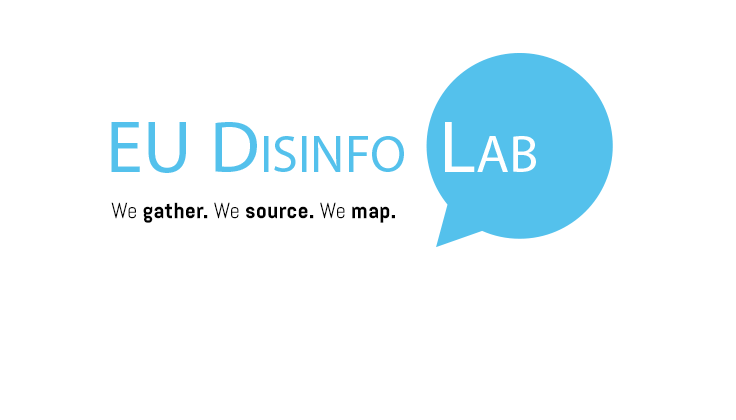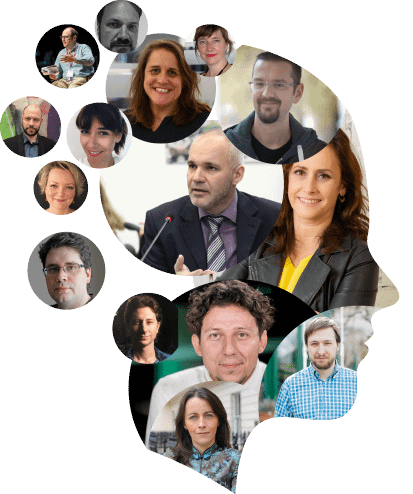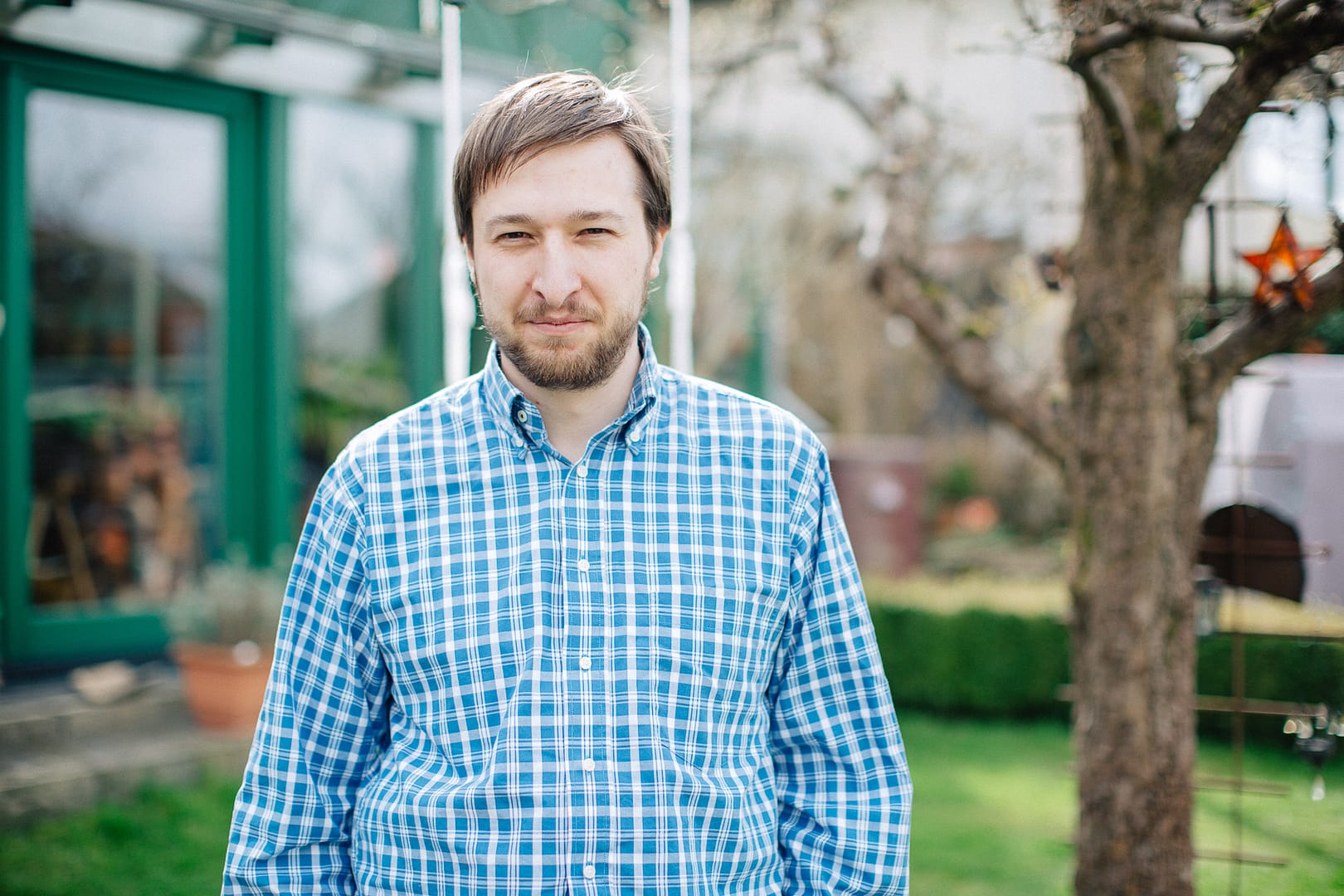Luca began the project behind Account Analysis one weekend in 2017, in response to a growing debate about bots. “Journalists were talking about social bots who influence elections and debate online.” While he knew a handful of existing tools to automatically identify bots on Twitter, usually by giving accounts a score, it was difficult to understand how those scores were produced. It’s generally accepted in the research community that most of the tools used to identify bots are flawed. “It’s nearly impossible to reliably identify bots from the outside; platforms can do this better because they have access to more data points.”
His approach has been to build a tool that wouldn’t deliver a score, but would instead allow users to evaluate for themselves. Account Analysis lets users study Twitter accounts by looking at criteria like how many retweets they post, which hashtags they use, which websites they link to most often.
“For researchers to fully understand what’s going on, I’m convinced that you have to see the data yourself.”
Luca believes it isn’t enough to just “get the numbers” of how often contents are shared. In order to understand influence and impact, researchers need to be able to see the data directly. This requires more communication between platforms and the researcher and programmer communities. Twitter’s API is by far the most accessible for researchers: anything public on the platform is public on the API. Telegram, which Luca is beginning to focus on more closely, is similarly unrestricted. Facebook, who’s API is notoriously difficult to use, has a less clear cut user-facing definition of private and public space, which contributes to the challenge. Still, all platforms could do more to make their APIs accessible for research.
Luca is less interested in bots nowadays. “I’ve discovered bot-nets on Twitter and published about them, but I think their impact is low. The platforms have great tools and try to stop spamming.” He’s more focused on platform manipulation. “It doesn’t matter if it’s one person or several people, I’m interested in what they do and what they try to achieve.” Account Analysis helps him study this because it lets him understand how those accounts work. He’s also interested in false information sharing in big public channels on Telegram. In the future, he aims to make more tools on more platforms accessible to more people. He also has plans to add features, including tools to be able to analyse debates, not simply accounts.





